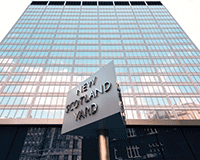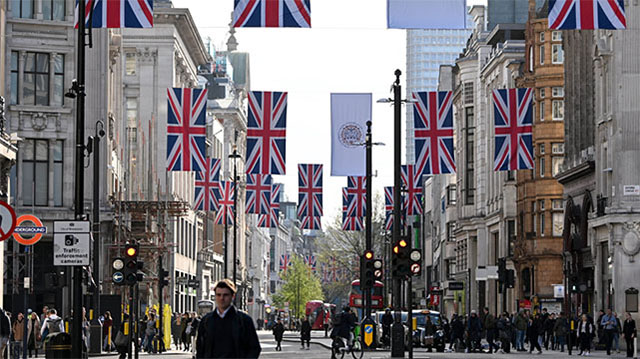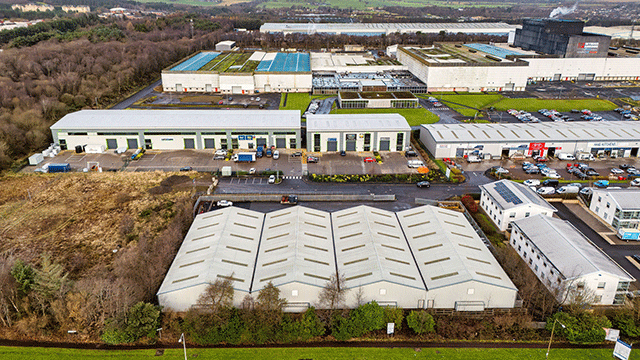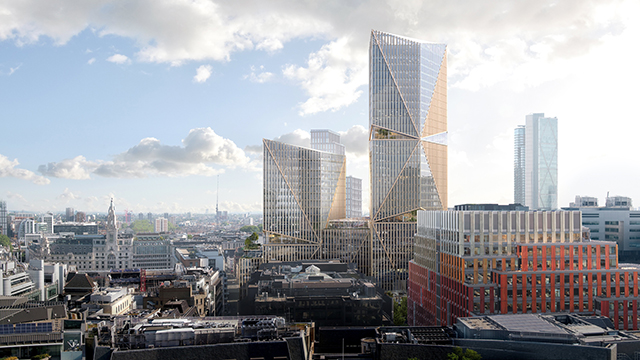 Looking to benchmark fee income? On 21 January HMRC will publish the number of commercial transactions completed in 2014.
Looking to benchmark fee income? On 21 January HMRC will publish the number of commercial transactions completed in 2014.
Deals done in the UK will come in around the 110,000 mark, up 6% on 2013 and 25% higher than the trough of 2009, when just 88,000 transactions were completed.
Since then values have risen 20%, according to the Investment Property Database all-property capital value index. Therefore, your model commercial agent should be doing 25% more deals since 2009 and earning 20% higher fees on each transaction. Is your firm doing 25% more deals than in 2009? If not, why not, is the question. Is your firm earning 20% more on each deal in fees than was the case in 2009? Probably not, is the answer.
Looking to see how long before the bubble pops? Easy: Use HMRC deal numbers to calculate the peak-to-peak timings.
The 2007 peak saw 139,000 deals done. In 2009 the trough number was 88,000. The 110,000 deals completed in 2014 suggest that five years on from the trough we are in mid climb towards the next peak, not reached until 2019.
At least at the present rate of climb. A rubbish in/rubbish out assumption? OK, take that IPD figure.
The capital value index peaked at 200 in 2007, fell to a low point of 137 in December 2009, then rose by 20% over five years, to reach 165 last month. Again, at the same rate of climb it will take five more years to rise the remaining 20% and reach the peak of 200. All fine till 2019, using not one, but two separate sets of statistics. What was that about lies, damned lies and…
Square feet and the Yard
There has been speculation that the Abu Dhabi Financial Group overpaid for New Scotland Yard in Victoria late last year. One expert involved reckons 420,000 sq ft of flats need to be sold at £3,500 per sq ft, along with 105,000 sq ft of offices at £100 per sq ft to justify the £370m price tag.
The buyers say no, their sums still add up using £2,500-£2,700 for the flats and £70-£75 per sq ft for the offices.
What the buyer doesn’t disclose, however, is how many square feet they have included in the development appraisal for the 1.7-acre site that have yet to receive planning permission.
They do say two bidders were close to the asking price. From another source comes news that one bidder was super-rich Indian-Canadian Amin Lalji from West Vancouver. Nope, never heard of him.
Blue chips need leeway
British Land boss Chris Grigg took a pasting for selling a half-share in Broadgate in late 2009 to Blackstone, which then made £600m profit last year, selling to the Government Office of Singapore.
 Only fair that former Land Securities boss Francis Salway takes a slap on the wrist for selling New Scotland Yard (pictured) for £120m in late 2008 to the Metropolitan Police, which has just made a £250m profit by selling to Abu Dhabi Financial Group for £370m.
Only fair that former Land Securities boss Francis Salway takes a slap on the wrist for selling New Scotland Yard (pictured) for £120m in late 2008 to the Metropolitan Police, which has just made a £250m profit by selling to Abu Dhabi Financial Group for £370m.
Actually, neither boss should be blamed, as the deals were pretty much forced upon them by a crash that required them to sell assets.
Lesson? Next time around companies with blue-chip assets should be granted more leeway by lending banks.
Why? Because this blue chip pair will have to build and successfully let around £2.5bn of development to get anywhere near making up for that £850m of profit carelessly lost to others.
Taking a cut in the capital
The “safe-haven” provided by UK property for investors from restive spots has long been understood.
But lunch before Christmas with a leading agent based in the East added a new understanding: just how much of a haircut safe haven investors are prepared to suffer to lock their money in London.
The view of one Chinese billionaire is this: “Pretend I am worth £100. I don’t see the money as being real. It can be taken away from me at any moment. If I can invest £60 in London, it becomes real. If it turns to £40 in a year or so, so what? £40 of real money is worth more that £60 of unreal assets.”










